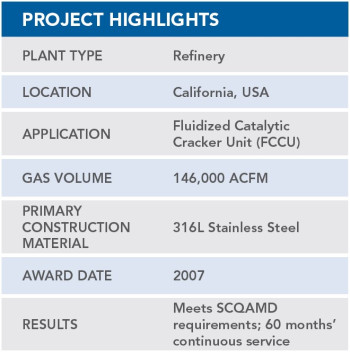From The Leader in Clean Power Production Technologies
Emissions Control Projects Highlight Diversity of Technologies
Wet/Dry EPSs | Wet Gas Scrubbers | Pulse Jet Fabric Filters
B&W has a long history of providing industry-leading emissions control solutions. Our experience with electrostatic precipitator (ESP) technologies, both wet and dry, fabric filter baghouses, and other innovative emissions control technologies includes our established OEM experience base and expertise as well as brands and technologies added through strategic acquisition, such as Hamon Research-Cottrell, Joy Environmental and Western Precipitation.
The projects summarized below highlight a range of emissions control success stories for various applications in several industries.
Wet ESPs Remove Tar Particulate at Steel Plant
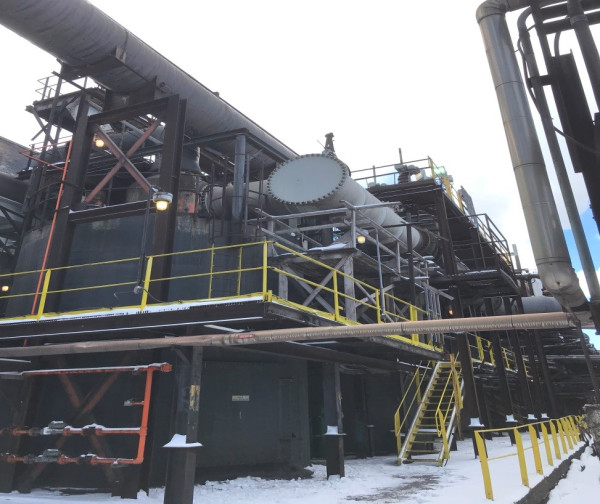
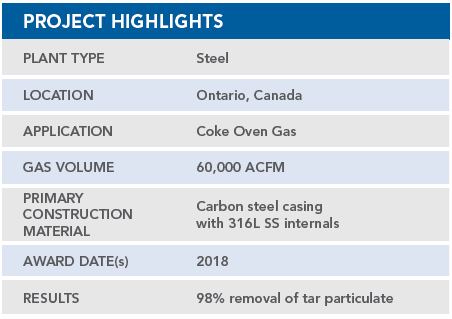 For steel installations, the wet electrostatic precipitator (wet ESP, or WESP) provided by Babcock & Wilcox Environmental (B&W) offers highly efficient control of submicron tars and particulate.
For steel installations, the wet electrostatic precipitator (wet ESP, or WESP) provided by Babcock & Wilcox Environmental (B&W) offers highly efficient control of submicron tars and particulate.
Background
A major steel company in Ontario, Canada, needed to replace three 40-year-old wet ESPs on their coke oven process when inspections found leaks caused by corrosion.
Scope
The customer chose our wet ESP technology based on its unique up-flow tubular design that minimized footprint while increasing tar removal performance.
We supplied three wet ESPs with carbon steel casing, with all internals made from 316L stainless steel to withstand corrosion from the coke oven gas.
Results
The wet ESPs were successfully installed and have been performing as guaranteed, with 98% removal of tar particulate.
Wet ESPs Remove Acid Mist at Mineral Plant
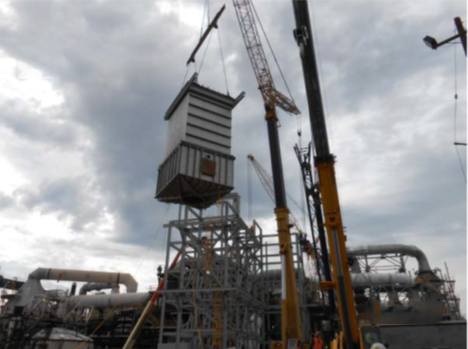
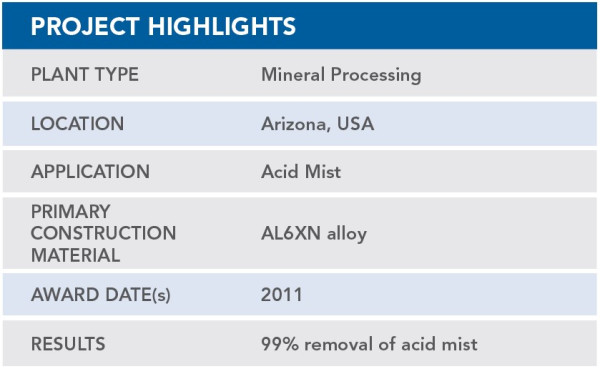 For industrial installations, the wet electrostatic precipitator (wet ESP, or WESP) provided by Babcock & Wilcox Environmental (B&W) offers highly efficient control of submicron particulate, heavy metals, acid mists and condensed metal fumes and organics.
For industrial installations, the wet electrostatic precipitator (wet ESP, or WESP) provided by Babcock & Wilcox Environmental (B&W) offers highly efficient control of submicron particulate, heavy metals, acid mists and condensed metal fumes and organics.
Background
A mineral processing plant in Arizona needed a solution to reduce sulfuric acid mist.
Scope
Wet ESP technology was determined to be the appropriate solution due to the sub-micron size of the acid mist. The customer ordered the supply of five wet ESPs.
The units were fabricated from AL6XN alloy, which is widely used in applications where the corrosion properties of AISI 316L and AISI 317L are not adequate.
Results
The plant has been operating the wet ESP systems for more than 10 years and meeting all performance requirements.
B&W continues to support the plant with inspections, parts and repairs as needed.
Wet ESPs Remove Particulate for CO2 Capture Pre-treatment
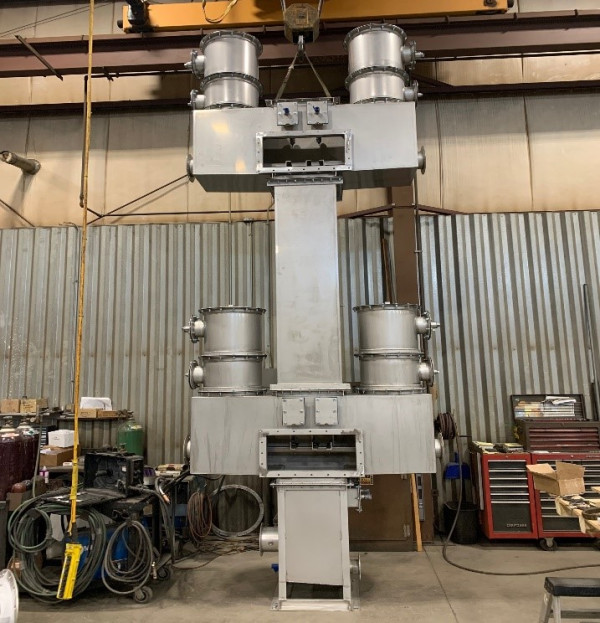
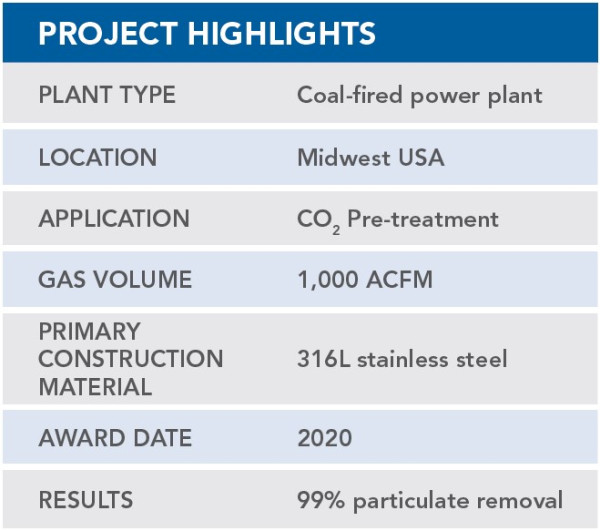 For CO2 capture installations, the wet electrostatic precipitator (wet ESP, or WESP) provided by Babcock & Wilcox Environmental (B&W) offers highly efficient control of submicron particulate and acid mists ahead of the CO2 absorber.
For CO2 capture installations, the wet electrostatic precipitator (wet ESP, or WESP) provided by Babcock & Wilcox Environmental (B&W) offers highly efficient control of submicron particulate and acid mists ahead of the CO2 absorber.
Background
A coal-fired power plant in the Midwestern United States required a small wet ESP for particulate removal as part of its research and development of a patented CO2 capture amine absorber.
Scope
The customer chose our tubular wet ESP technology based on its unique up-flow tubular design that minimized footprint while capturing particulate with very high efficiency.
We designed and built a 1,000 acfm two-field wet ESP system for this pilot-scale application that was easy to ship, commission and operate for testing. Material supply consisted of a 316L stainless steel wet ESP with internal sprays, vertical collecting tubes, rigid discharge electrodes, and high voltage power supplies.
Results
The wet ESP demonstrated greater than 99% removal of submicron particulate on both a mass and numerical basis. Removing fine particulate and aerosols prior to the CO2 absorber is critical to protecting the amine chemical from contamination to enhance performance and longevity of the CO2 capture system.
Wet Gas Scrubber and Wet ESP Installed at FCC Refinery
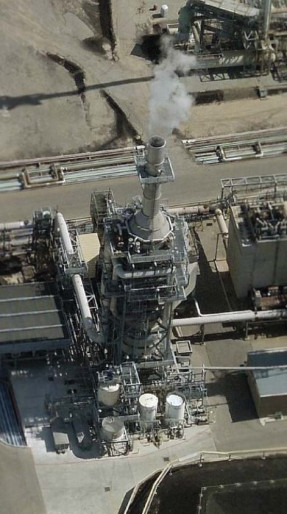 For refinery installations, the wet electrostatic precipitator (wet ESP, or WESP) and wet scrubber provided by Babcock & Wilcox Environmental (B&W) offer highly efficient control of acid gases, particulate (including submicron particulate) and acid mists.
For refinery installations, the wet electrostatic precipitator (wet ESP, or WESP) and wet scrubber provided by Babcock & Wilcox Environmental (B&W) offer highly efficient control of acid gases, particulate (including submicron particulate) and acid mists.
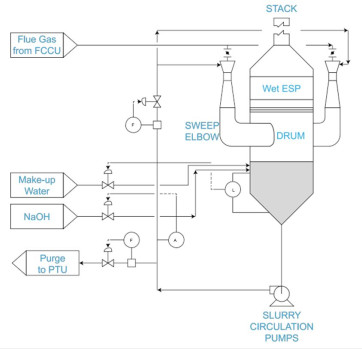
ESP to Fabric Filter Conversion at Western Power Plant
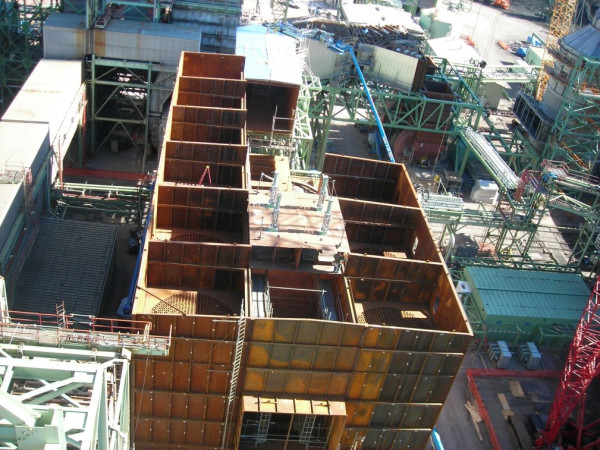
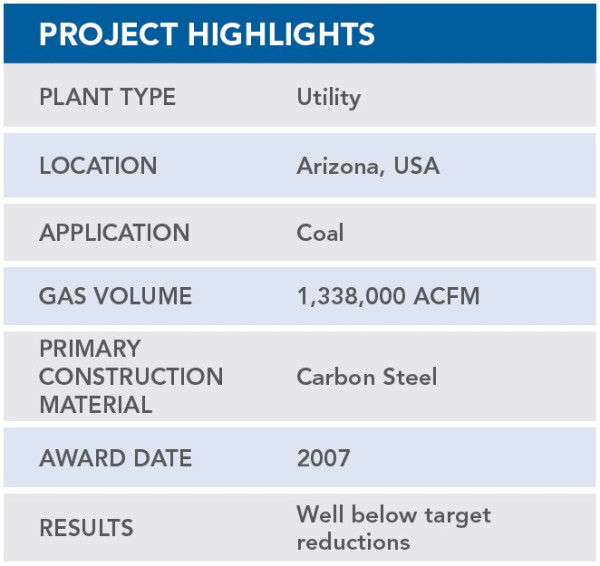 For utility installations, the pulse jet fabric filter provided by Babcock & Wilcox Environmental (B&W) offers highly efficient control of submicron particulate, heavy metals, acid mists and condensed metal fumes and organics.
For utility installations, the pulse jet fabric filter provided by Babcock & Wilcox Environmental (B&W) offers highly efficient control of submicron particulate, heavy metals, acid mists and condensed metal fumes and organics.
Background
A utility in Arizona needed to reduce flyash particulate on its 260 MW unit.
Scope
The customer chose to convert its ESP to our low-pressure pulse jet fabric filter to collect the particulate and reduce emissions.
The fabric filter consisted of 12 compartments with 960 bags per compartment. Each compartment housed filter bags that are 26’- 3” long, mounted on bag cages and suspended from a tube sheet.
The upper ESP casing was completely removed above the hopper support level and refitted with completely new fabric filter casing material. The existing hoppers and the owner’s ash removal system were reused in the new fabric filter system. A Dutchman section was incorporated between the existing hoppers and the new casing. This provided space for a conventional layout of fabric filter compartments and flue gas entry, with one bag bundle per existing hopper. The Dutchman section also provided a location for flow control vaning to control velocity vectors in the lower bag area.
Results
The emissions rate following the conversion was 0.0057 lb/MMBtu, well before the target rate of 0.012 lb/MMBtu.
Dry ESP Removes Particulate at Mining Plant
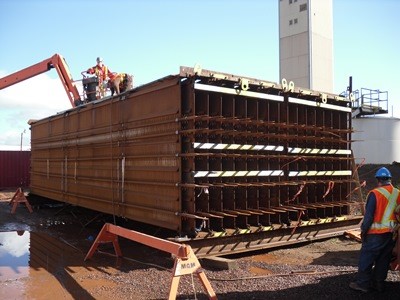
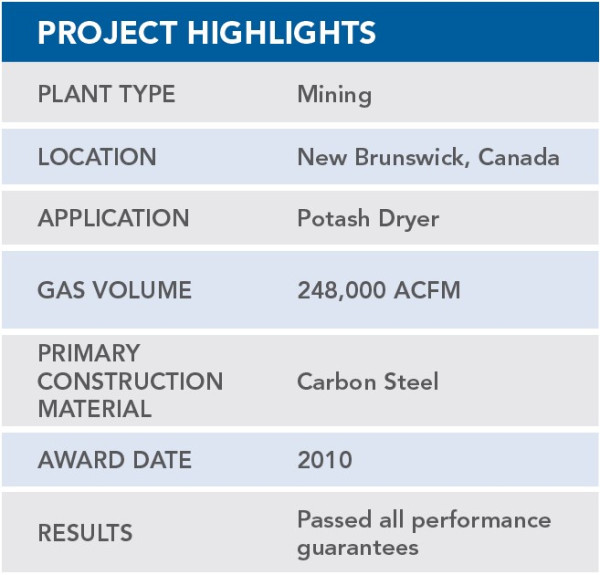 For industrial installations, the dry electrostatic precipitator (dry ESP, or DESP) provided by Babcock & Wilcox Environmental (B&W) offers highly efficient control of particulate.
For industrial installations, the dry electrostatic precipitator (dry ESP, or DESP) provided by Babcock & Wilcox Environmental (B&W) offers highly efficient control of particulate.
Background
A major mining facility in Canada needed a solution to remove particulate.
Scope
We designed and supplied a new dry ESP. Material supply consisted of the ESP and auxiliaries including our G-Opzel collecting plates, rigid spiked electrodes, support steel, access steel, ductwork, and high-frequency power supplies. We also supplied a CFD model study and a technical advisor for construction, startup, training, and commissioning services.
The ESP was designed with high-density MIGI LV4 roof-mounted rappers to accommodate the particularly sticky particulate. To save field erection time, the collecting plates and discharge electrodes were shop-assembled and shipped to the site as modules.
Results
The project successfully started up in 2012 and passed all performance guarantees.
Fabric Filter Installed at Wyoming Power Plant
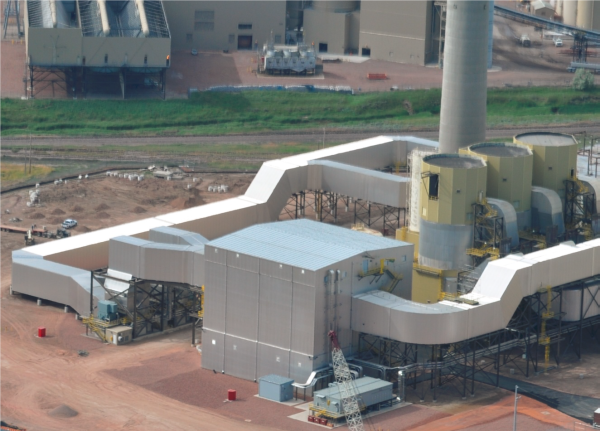
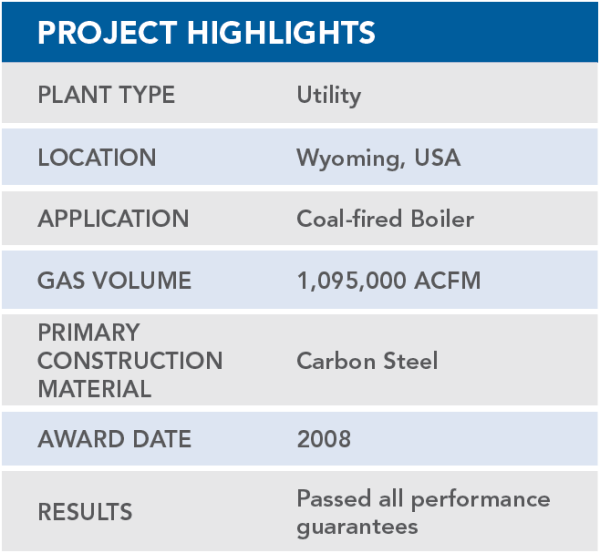 For utility installations, fabric filters provided by Babcock & Wilcox Environmental (B&W) offer highly efficient control of flyash particulate.
For utility installations, fabric filters provided by Babcock & Wilcox Environmental (B&W) offer highly efficient control of flyash particulate.
Background
A utility in Wyoming needed a solution to address flyash particulate.
Scope
We designed and supplied a low-pressure pulse jet fabric filter for a plant with a 365 MW coal-fired boiler. The fabric filter consisted of 10 compartments, with 2,128 bags per compartment. Each compartment houses filter bags that are 26’- 3” long, mounted on bag cages and suspended from a tube sheet.
Results
The project successfully started up in 2010 and passed all performance guarantees.
